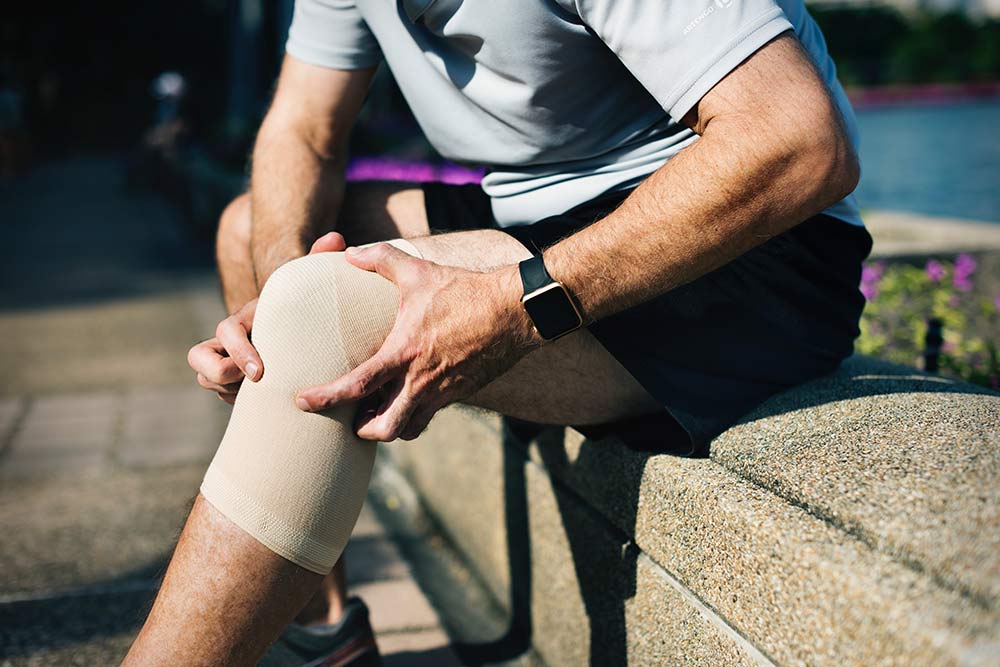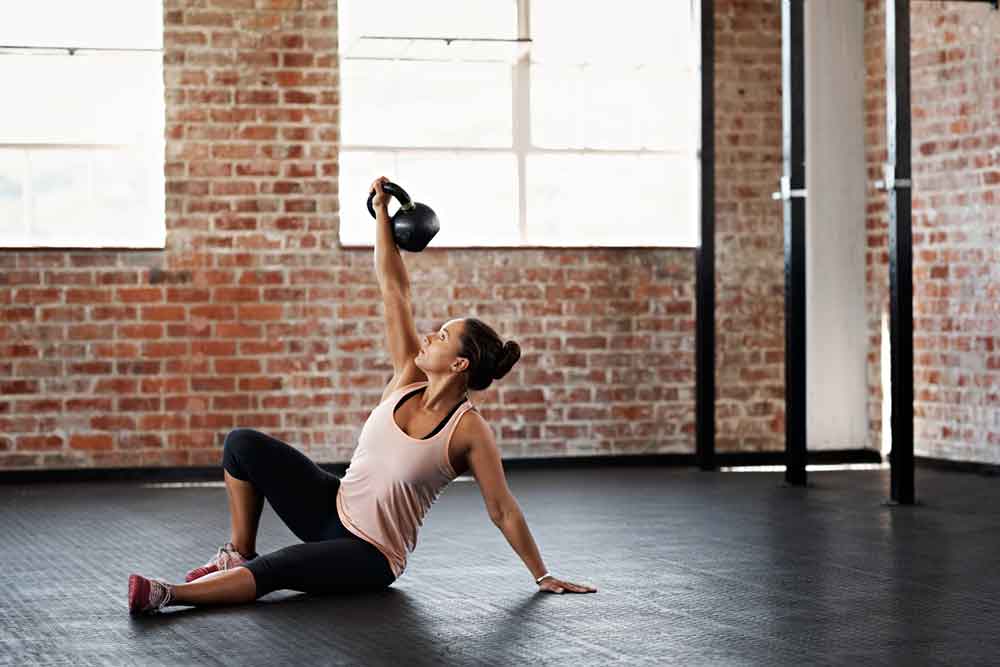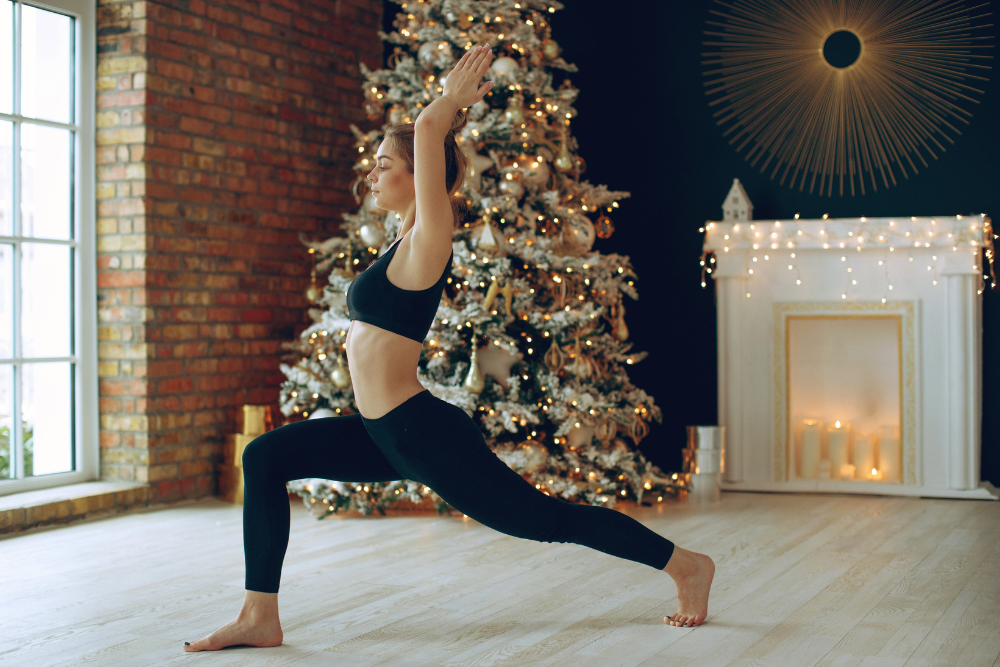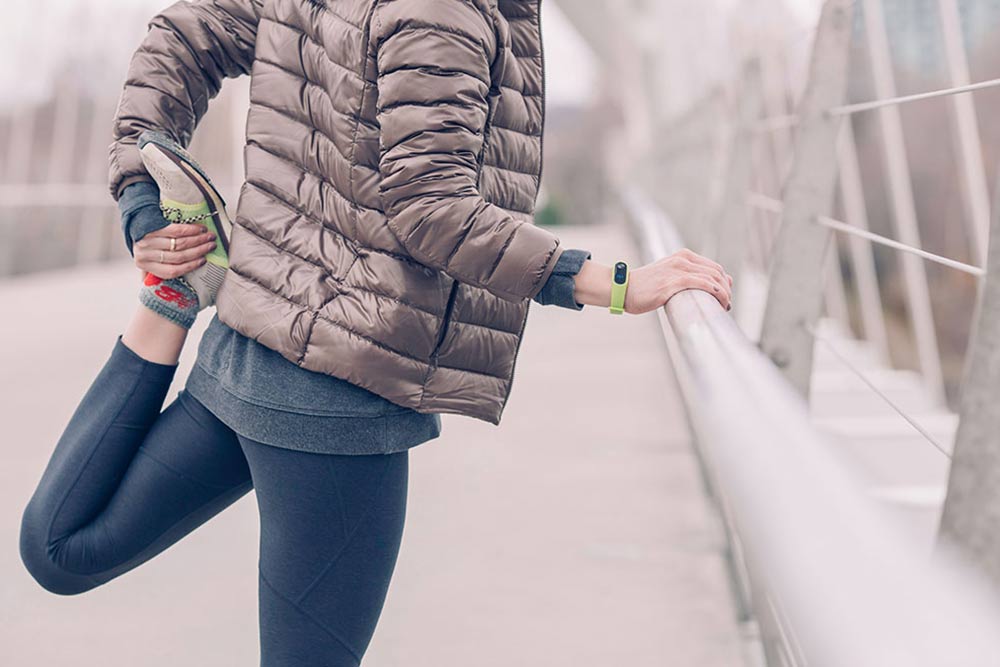6 Exercises To Get Ready For Hockey

Ryan Cross, B.A. Hons (Kin), MScPT, FCAMPT
Registered Physiotherapist in Sarnia, Ontario, Canada
The sights, sounds, and smells of a season bring inspiration and motivation. Being from Canada, this is most definitely true for an upcoming hockey season. When you see the leaves on the trees start to change color, you know that hockey is starting soon. One thing that I am not afraid to admit is the excitement that comes when you open up the hockey bag for the first time and smell the aromatic scent of the battle-tested armor – hockey gear. Hockey is a fast-paced sport with the potential for injury. Some common injuries happen as a result of collisions (i.e. head, shoulders, knees), others are due to the complexity of the skating stride and the need to move in many directions quickly (i.e. hips). Getting prepared for the hockey season can help you prevent nagging injuries once the season starts.
Let’s Get Ready For Hockey Season
The skating stride in hockey is complex for a number of reasons. A significant amount of force generation is required for takeoff and to move quickly. In addition, the joints of the lower extremity need to move through a wide range of movements. To make things even more difficult, the speed and mobility required both happen primarily while standing on one leg, not to mention the potential of an opponent running you over!
Related Article: Concussions in Youth Ice Hockey
Examination of the hockey stride fundamentals shows that some joints will require a greater range of movement at different stages of the stride. Initial take off requires the hip to move from a flexed to an extended position. There is also movement from a position of adduction to abduction. Therefore, it is important to have adequate mobility into hip extension and abduction – moving the leg back and out. The knee also moves from a flexed to an extended position. The hockey stride also requires maintaining a bent forward and crouched position. This position can cause anterior hip and lower back stiffness. In addition to maximizing mobility within these joints, it is also important to build strength in the muscles that produce and control these movements. By including exercises that target this balance of mobility and strength into your workout routine, you can help prevent injury and keep you on the ice.
1) Anterior Hip Stretch
This exercise helps to increase hip extension and opens up the front of your hip. The front of the hip can get tight from being in a crouched position during the skating stride.
- Place your knee at the back of the chair (or couch) with your foot resting on the backrest
- Support yourself with your other leg (and hands if needed)
- Stand up tall and push your hips forward
- Start with 30-second hold and work up to 60 seconds
2) Adductor (Groin) Stretch
Moving the leg out to the side during the skating stride is important for speed and power. A lack of hip abduction range of motion or adductor muscle tightness can increase risk of injury.
- Stand with feet wide apart
- Move your weight onto one leg, bending the knee and keeping the other leg stretched out to the side
- Start with 30-second hold and work up to 60-seconds
Bonus: Use a TheraBand
3) Prone Press up
To reverse the effects of being in the crouched position for the skating stride and to keep the lower back mobile.
- Lay on your stomach
- Press yourself up so that your arms are extended and your hips are on the floor
- Hold for a breath in and let it out then return to the floor; repeat 10-15 times
4) Step behind lunge
This strength exercise will target the quadriceps and gluteal muscle groups and is specific to the hockey stride.
- Similar to a reverse lunge
- Move your leg back and behind the stance leg with a slight crossover
- Hold the down position for 3 seconds and return to standing position; repeat 10-15 times on each side
5) Single leg deadlift
Single leg balance and strength is important for skating and shooting. Add in the single leg deadlift to your workout routine
- Begin in the standing position, looking forward and keeping the core tight
- Bend forward reaching your arm toward the floor and reaching your leg back straight
- Keep the stance leg knee slightly bent
- As a progression hold a dumbbell or kettlebell as you do this exercise
6) Eccentric Adduction
Groin Strains are common in hockey players. To prevent injury, build up strength in this commonly strained muscle.
- Lay on your side with top knee bent
- Lift your bottom leg up and hold for 5 seconds. Take 10 seconds to lower leg slowly.
- To make it more challenging, lie on your side and place your leg up on a chair. Use your leg lift your body up off the ground into a modified plank position; then slowly lower.
Related Article: Improve Performance With Mobility Training
With hockey season fast approaching, it is important to make sure your body is ready. Starting a new activity after some time away can be taxing on the body and lead to an injury. One of the best parts of the hockey season is the social aspect of being with your team. You don’t want to miss out on the post-game activities because you are nursing an injury. Target the areas of the body that will be in use during the skating stride to ensure you have a successful hockey season.
You Might Like:





















